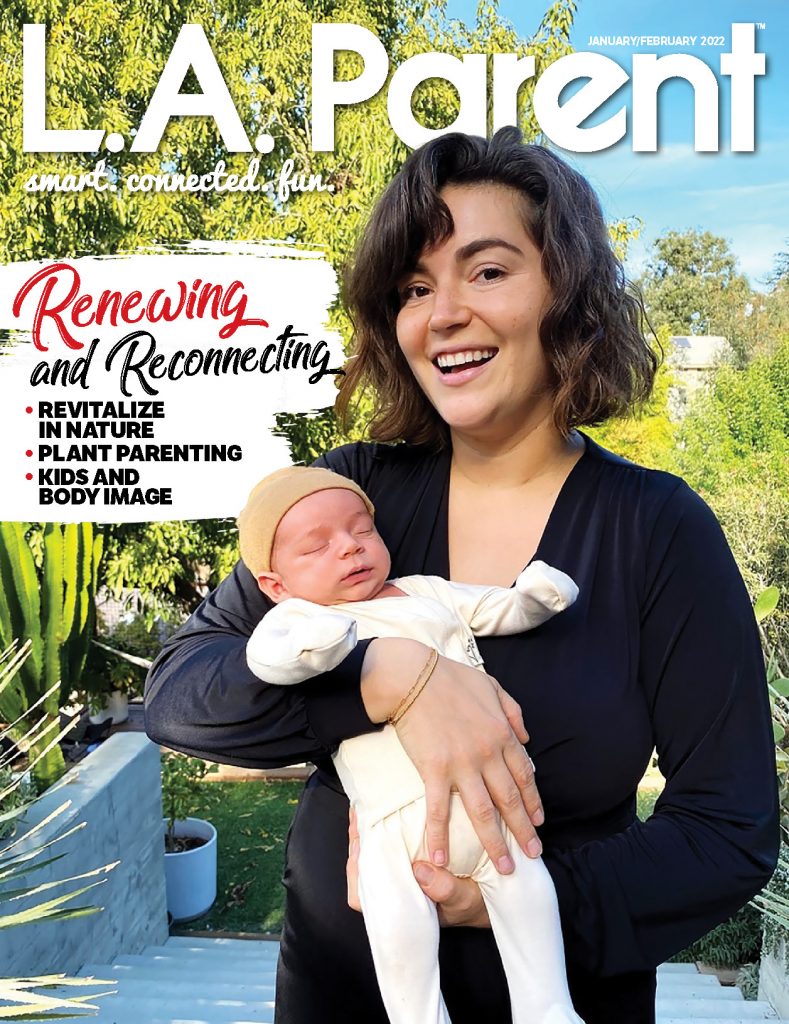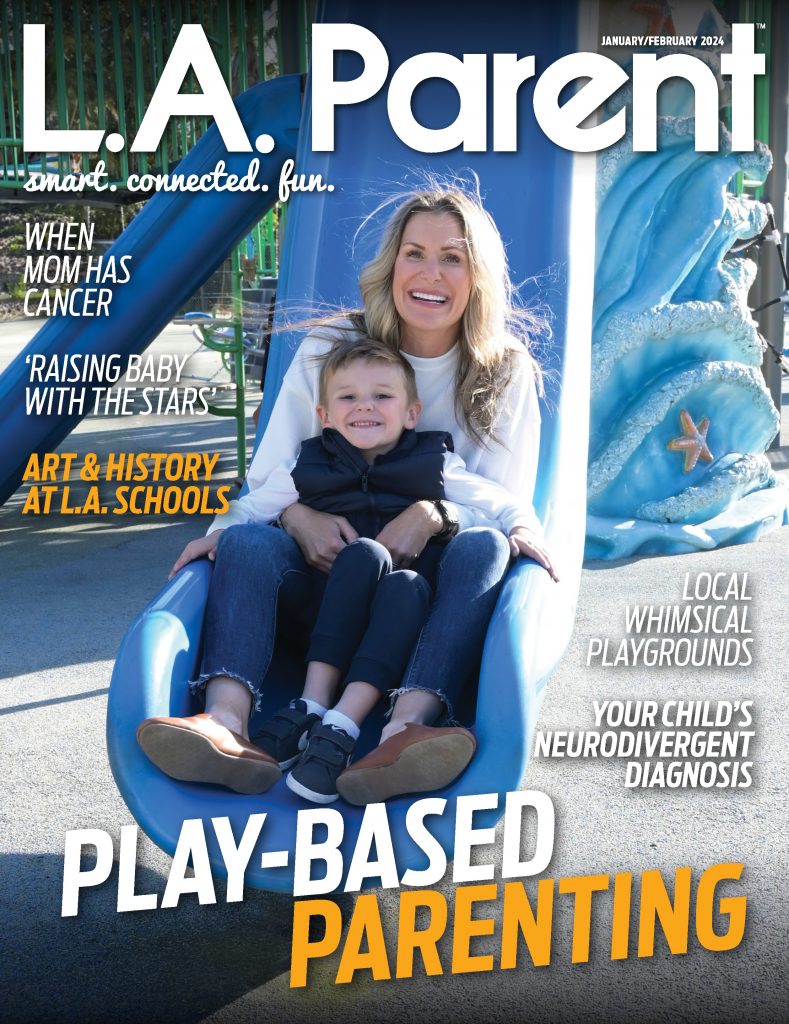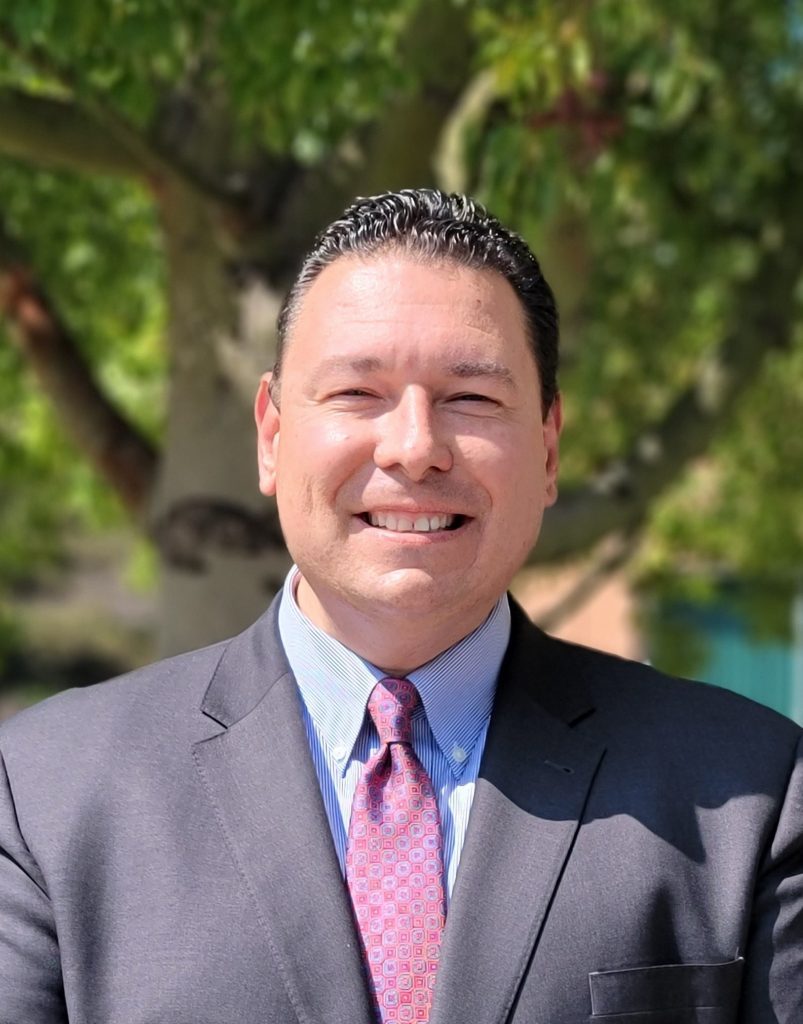Kamin Samuel, Ph.D., was the U.S. Navy’s first African American woman helicopter pilot, but that role had nothing on the job of parenting. “Even though my job was to fly helicopters, I’m clear on what the hardest, most courageous job on the planet is — parenthood,” Samuel says. Luckily for us, she also happens to be an expert on neuroplasticity and the brain’s ability to rewire itself around money.
I reached out to Samuel for some insights because the stress and economic hardships dealt by the COVID-19 crisis have made the courageous job of parenting more challenging than ever.
Her acumen for creating wealth after a crisis is the result of her years of military service, personal triumph over bankruptcy, success as a business leader and international wealth coach, as well as her role as a board member for the EduCare Foundation, an L.A.-based nonprofit that aims to cultivate compassionate leadership skills in children.
Here are a few of Samuel’s tips on how to financially flourish even during these times.
What do you say to folks who may be stressed or anxious because their family is in a tough place financially right now?
I’d say what I wish I could have said to myself coming out of my own bankruptcy and foreclosures, and that is this: “The amount of money I have at this moment does not define me. It’s not who I am. It just reflects an aspect of what I do in the world. I can create, recreate and reinvent myself and my opportunities at any time, starting today.”

Are there any action steps you recommend parents take to help get confidence and serenity back around money?
Many people don’t realize how much energy goes into worrying about not being able to handle another pandemic or emergency if one occurs. One great way for a parent to dial the pressure down is to set up a 10-month emergency fund. In the beginning, it’s normal to imagine your weekly contributions will never amount to enough. But you’ll be surprised how quickly your money will add up and how getting kids involved may transform the stress into a game.
The pandemic prompted many parents to ask “What if something happens to me or my spouse? How will my kids get by?” Any advice?
Setting up health directives, wills and college funds are tasks most of us want to put off. I understand. But my own life journey from financial struggle to financial prosperity has led me to run toward the hard stuff. I now know the sooner those big-picture things are taken care of, the sooner I’ll enjoy a greater sense of well-being and optimism. That’s good for two reasons. First, well-being and optimism create the perfect conditions for wealth to grow. And second, science has proven that optimistic people live healthier, longer lives.
Speaking of science, what is neuroplasticity and what financial benefit can it offer parents now?
Neuroplasticity is the ability of our brain to literally change in response to new information or stimulation. Science has proven we can rewire our brains to achieve a goal.
This is the methodology many Olympians have used to achieve success. When Olympians are mentally rehearsing or simulating what they wantto create in their lives, their brains don’t actually know that the positive things they are imagining are not already real. So, their brains go ahead and create new neural pathways to help the athletes achieve their heart’s desire. And we can do that, too — around our money.
My work asks, “What if wealth is an inside game?” “What if you could transform your wealth and life from the inside out?” “And what practical action steps could you take to make that dream a reality?”
What’s one last piece of advice you’d give to parents who are trying hard but may feel overwhelmed emotionally or financially now?
It’s OK to make financial mistakes. We all make them. In the past, I took my mistakes personally. I felt shame. I thought I was a failure. When, in reality, all that happened was that what I tried in that particular instance didn’t work out. The same holds true for you.
See your mistakes as mis-takes, like in film. If you make a mis-take, say to yourself, “OK, let’s try that shot a different way.” Give yourself lots of do-overs.

As Maya Angelou said, “Do the best you can until you know better. Then, when you know better, do better.”
For more empowering financial advice, read Kamin Samuel’s book, “Increase Your Abundance Starting Today. A Spiritual and Practical Guide to Transform Your Thoughts and Life to Attract More Wealth, Success and Joy After Debt, Bankruptcy or Failure,” and visit her website, KaminSamuel.com.




























